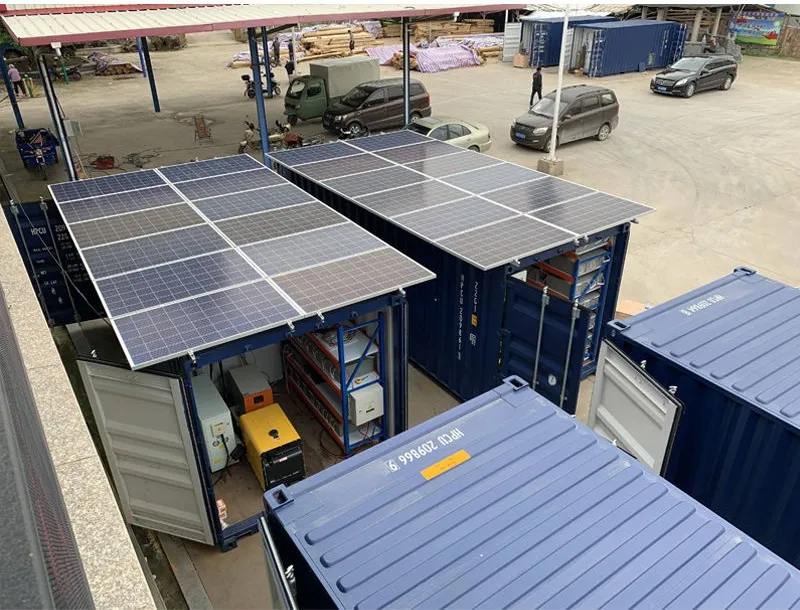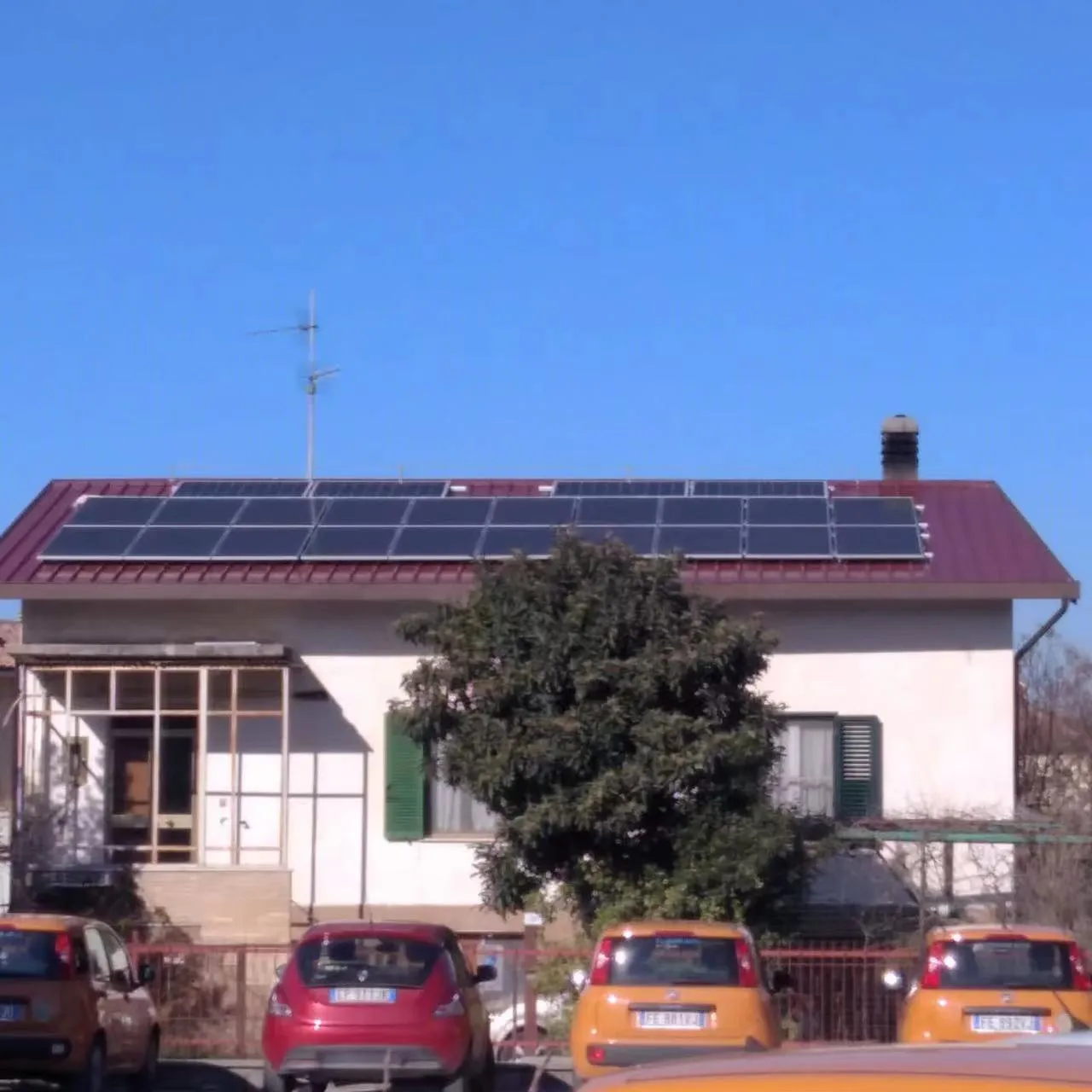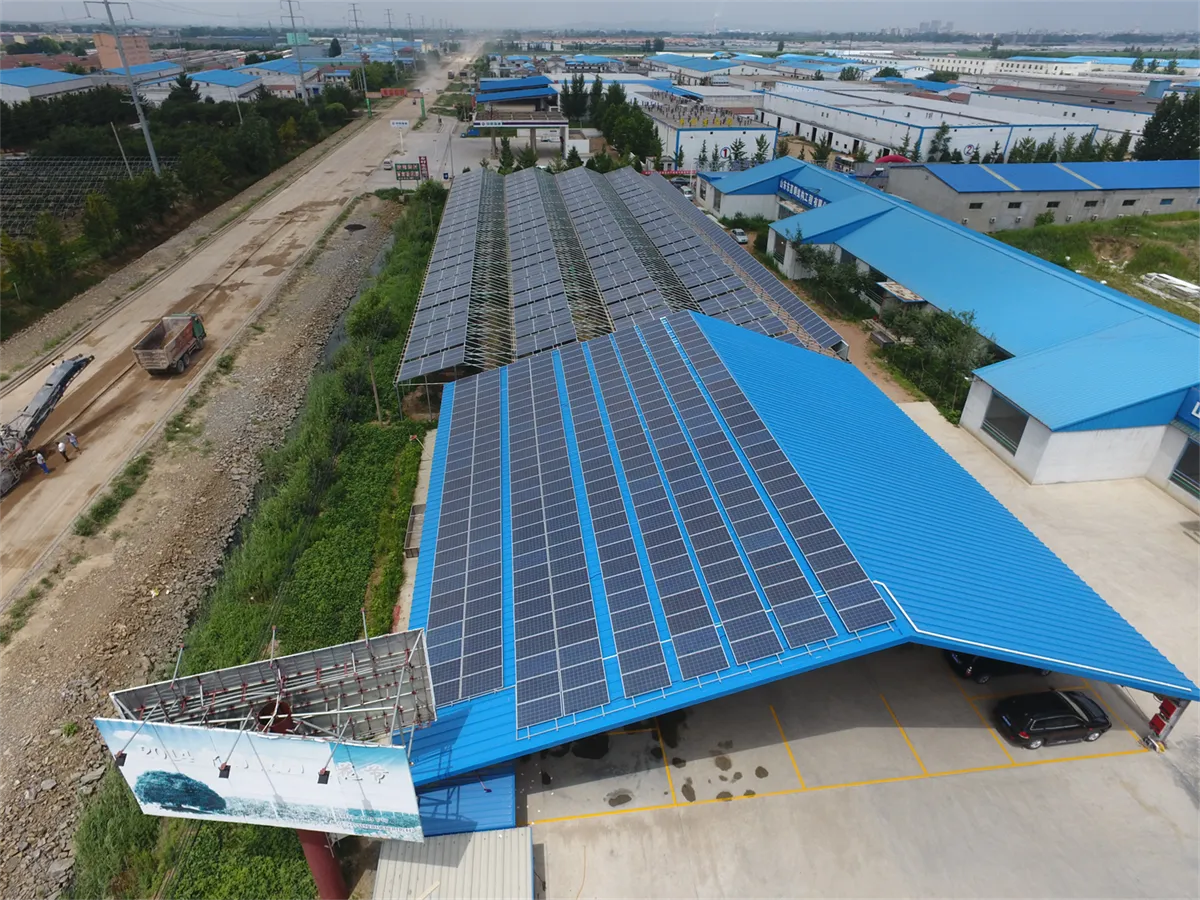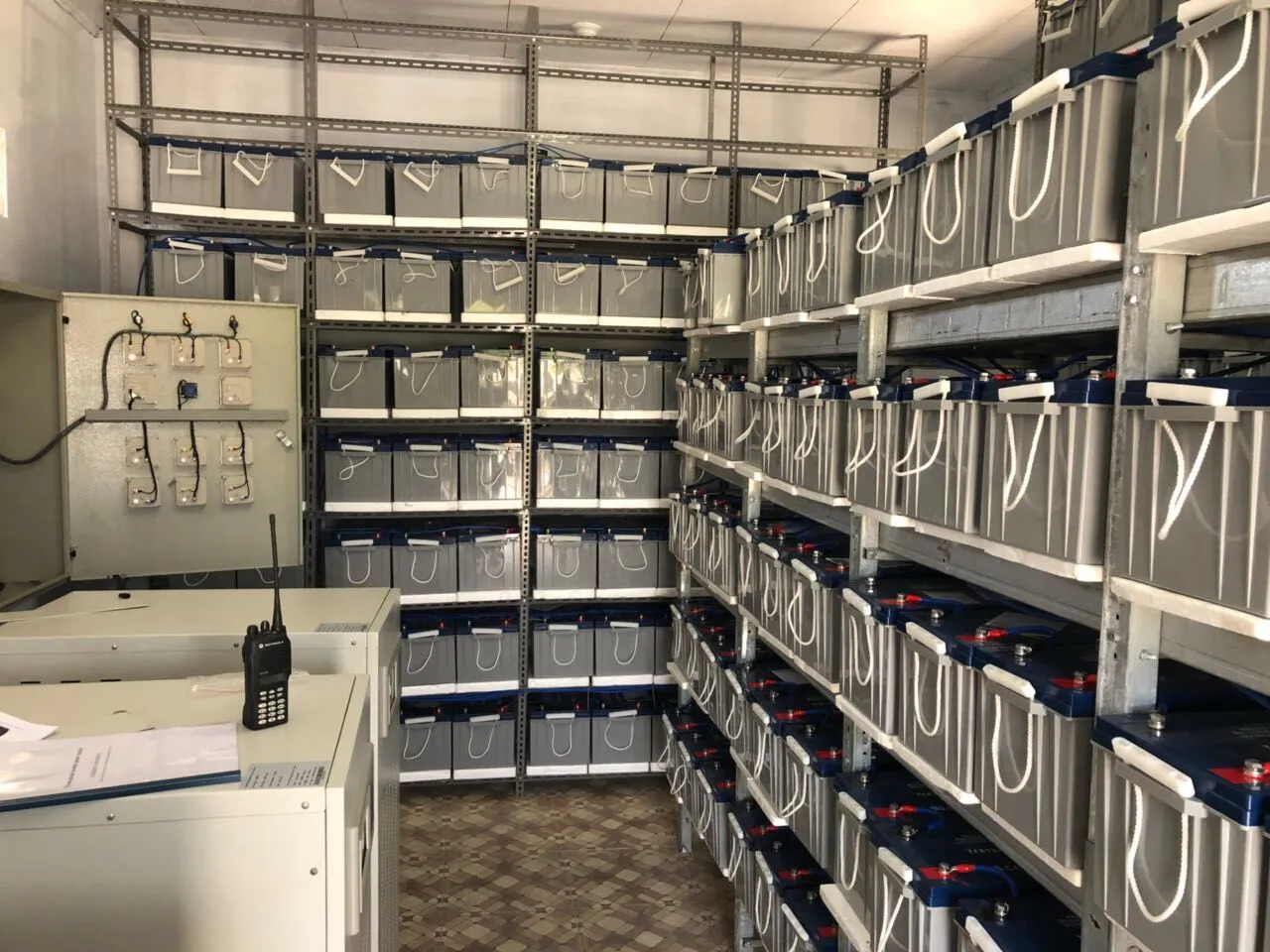
Flexible Solar Panels: Pros, Cons, and a Complete Buyer’s Guide

Dreaming of going off-grid or powering your next adventure? If you've ever struggled with rigid solar panels, this comprehensive guide to flexible alternatives could be your power solution. From RV roofs to boats and innovative building designs, discover how the latest bendable solar tech works - and whether it's right for YOUR energy needs.
What Are Flexible Solar Panels Exactly?
Picture this: ultra-thin photovoltaic cells sandwiched between layers of durable, bendable plastics instead of rigid glass and aluminum frames. These featherweight panels - sometimes as light as 4 lbs - can curve to fit surfaces where traditional panels just won't work. Using either thin-film or back-contact monocrystalline technology, they convert sunlight into electricity just like their rigid cousins but open up entirely new possibilities for solar power.
Unlike chunky glass panels requiring elaborate mounting racks, flexible versions typically attach with industrial-grade adhesives or simple Velcro strips. You'll see thickness measurements like 2-4mm - about the depth of two credit cards stacked together. This slim profile makes them nearly invisible on curved surfaces like RV roofs or boat decks.

The Evolution: How 2025's Tech Changed Everything
The flexible solar market is exploding - projected to hit $914 million by 2030 according to industry reports. What sparked this growth? Some game-changing innovations emerged around 2025 that solved early limitations:
| Innovation | How It Changed the Game | Real-World Applications |
|---|---|---|
| Cable-Truss Mounting | No longer need flat surfaces - adapts to uneven terrain | Hillside installations, agricultural land |
| Translucent Modules | Partial light penetration maintains visibility | Greenhouse roofs, building skylights |
| Customizable Transparency | Architects can control light levels precisely | Curtain walls, facade integration |
| Organic Cells with Graphene | Improved flexibility without cell damage | Portable roll-up chargers, solar textiles |
| Bifacial Collection | Captures reflected light from underneath | Deck installations, water-adjacent setups |
These breakthroughs opened doors for applications beyond traditional solar, like agrivoltaics where crops grow beneath semi-transparent panels. You'll even find panels integrated into everyday objects - imagine charging your phone using a solar umbrella!
The keyword to watch is **building materials** - flexible solar panels are increasingly incorporated as functional architectural elements rather than just power generators.

Creative Places You'd Never Expect Solar
When most people think of solar panels, they picture rooftops. But flexible panels unlock surprising applications:
- RVs & Campers: Lightweight installation on curved roofs - no height clearance issues.
- Boats: Conform to complex hull curves without interfering with navigation.
- Backpacking Gear: Rollable panels built into tents and backpacks (one camper charged 18 devices on a 2-week hike using just 1lbs of solar fabric!).
- Emergency Shelters: Rapidly deployable power sources after natural disasters.
- Electric Vehicle Charging: Integrated into parking shade structures.
- Architectural Designs: Creating "power skins" on curved buildings (one museum produces 40% of its energy from solar-adorned facades).
Consider the case of Budapest sailor Máté who installed 5.28kW of flexible panels directly on his catamaran hulls. "The panels became part of the vessel," he explains. "They followed the hull curves perfectly, didn't interfere with deck operations, and survived 25-knot winds without a rattle."

The Bright Side: Where Flexible Panels Shine
Weight Revolution: At 5-10x lighter than glass panels, they're ideal for structures with low weight tolerance (like older RV roofs).
Design Freedom: Seamlessly integrate with curved surfaces for sleek, modern aesthetics.
DIY-Friendly Installation: Skip complicated racking systems - most install with just adhesive or Velcro.
Resilience: Plastic bases handle vibration better than glass - perfect for mobile applications.
Portability: Rollable options pack away easily in storage compartments.
The Flip Side: Important Limitations
Efficiency Tradeoff: Typical 15-18% efficiency versus 20-25% for premium rigid panels.
Lifespan Considerations: Expect 10-15 years versus 25+ years for glass panels.
Heat Sensitivity: Plastic substrates dissipate heat poorly, which can reduce output on extremely hot days.
Cost Perspective: Higher initial cost per watt than standard panels.
UV Vulnerability: Top-tier brands include UV blockers - budget options may degrade faster.
Finding Your Perfect Match: Choosing Wisely
Critical Specs Decoded:
- Wattage: Look for 100-200W for RVs/boats. Higher wattages need more surface area.
- Efficiency: ≥16% is ideal for space-constrained installations.
- Weight: <5 kg/m² won't overload roofs and decks.
- Bend Radius: Verify it matches your surface curvature (30° is common).
- Temperature Range: Must handle your climate (-20°C to 85°C is optimal).
- Certifications: Non-negotiable: UL, IEC, TÜV safety stamps.
Michel's boat upgrade illustrates smart selection: "I replaced six 275W rigid panels with eleven 270W flexible panels. Power output almost doubled from 1.65kW to 2.97kW, weight dropped 75%, and we finally have walkable deck space!"
Installation Masterclass: Doing It Right
Surface Prep is Everything
Even microscopic dirt causes adhesion failure. Thoroughly clean with isopropyl alcohol and avoid silicone-based cleaners. The surface should feel smooth and non-greasy.
Attachment Methods Demystified
- VHB Tape: 3M's 5952 industrial tape handles marine environments
- Silicone Adhesive: GE's Silpruf sticks to almost anything
- Magnetic Strips: Neo magnets on steel roofs (but test pull strength!)
Avoid the #1 Mistake
Never ignore the bending limit! Exceeding the manufacturer's stated curve (usually 30°) cracks internal cells. Test the curve first with cardboard templates.
A marine electrician's golden rule: "Leave a ½" air gap underneath panels. That tiny breathing room reduces heat buildup by 15-20% in our tests."
Solar-to-Weight: Why This Ratio Matters
In marine applications especially, the solar-to-weight ratio determines efficiency. Here's the formula professionals use:
Target Ratio: 1kW solar capacity per 1 metric ton of vessel displacement
Most recreational boats achieve just 0.3-0.5:1 ratios. But flexible panels make 1:1 achievable - like a 27kW system on a 27-ton boat. Every kilogram saved translates to more power capacity without compromising performance.
"When every pound counts," explains naval architect Lin Zhang, "flexible panels are the only way to reach high wattage without turning your boat into an underpowered solar barge."
Final Verdict: Should YOU Go Flexible?
Choose flexible panels when:
- Weight restrictions exist (RVs, older boats)
- Curved surfaces must accommodate solar
- Portability and quick setup are priorities
- Aesthetics matter for architectural integration
Stick with rigid panels when:
- Maximum efficiency per square foot is critical
- Permanent ground or roof installation is planned
- 25+ year lifespan is required
- Extreme hail conditions are common
Your Questions Answered
Q: Can these handle hail like rigid panels?
A: Durability varies by brand. Top manufacturers (like Sungold and Renogy) incorporate protective layering, but can't match tempered glass impact resistance. Some boat owners carry lightweight protective covers for severe weather.
Q: Do they damage RV roofs?
A: Properly installed, they're easier on roofs than mounted rigid systems. The distributed weight creates less point pressure. But always check roof condition first - if it has soft spots, address those before adding ANY panels.
Q: Can I walk on them?
A: Most aren't designed for foot traffic. Some reinforced options (like Sungold's Walkable series) handle limited traffic. Otherwise, build in walkways between panels.
Q: How bad is heat derating really?
A: Temperature coefficient matters more than with rigid panels. Expect 12-25% power reduction at 90°F+ versus manufacturers' standard test conditions. White mounting surfaces help reflect heat.
Tags:
Recommend Products











